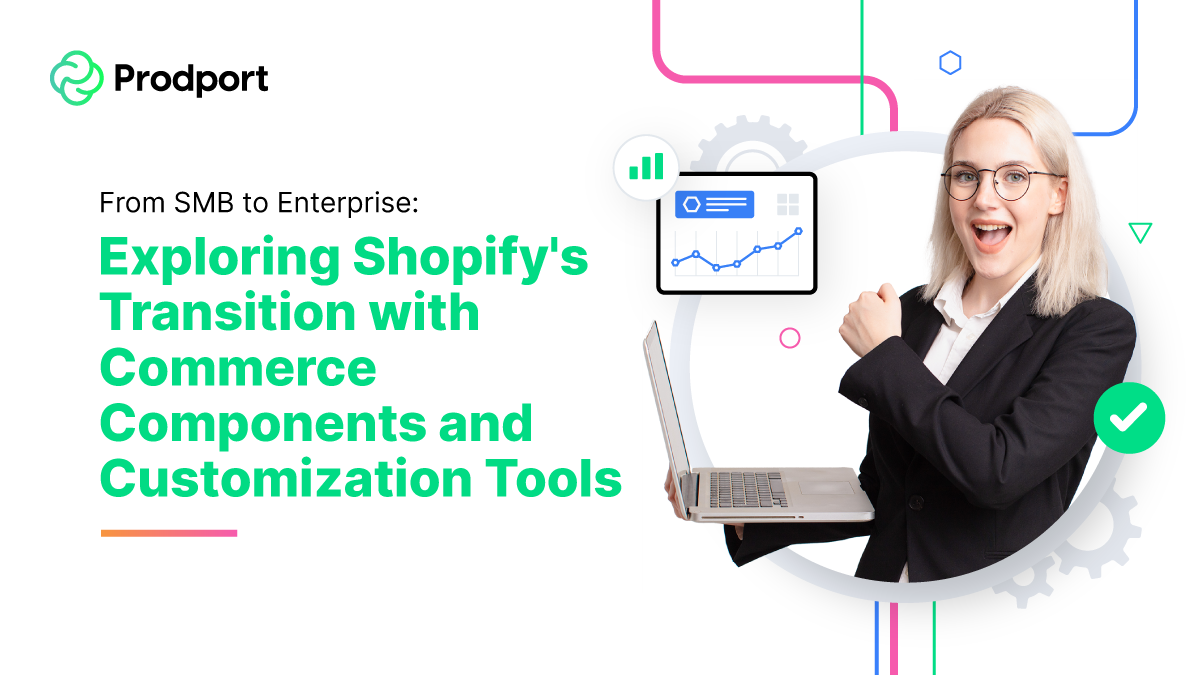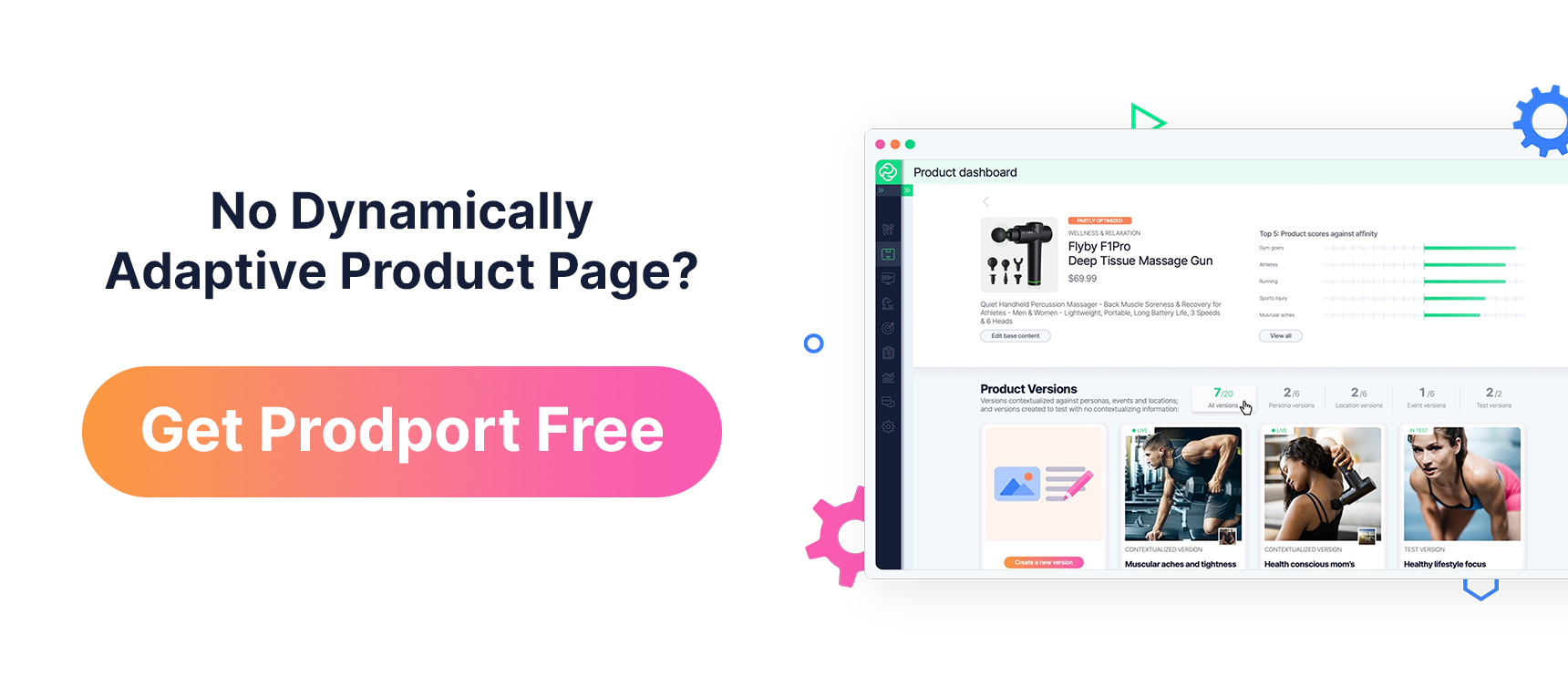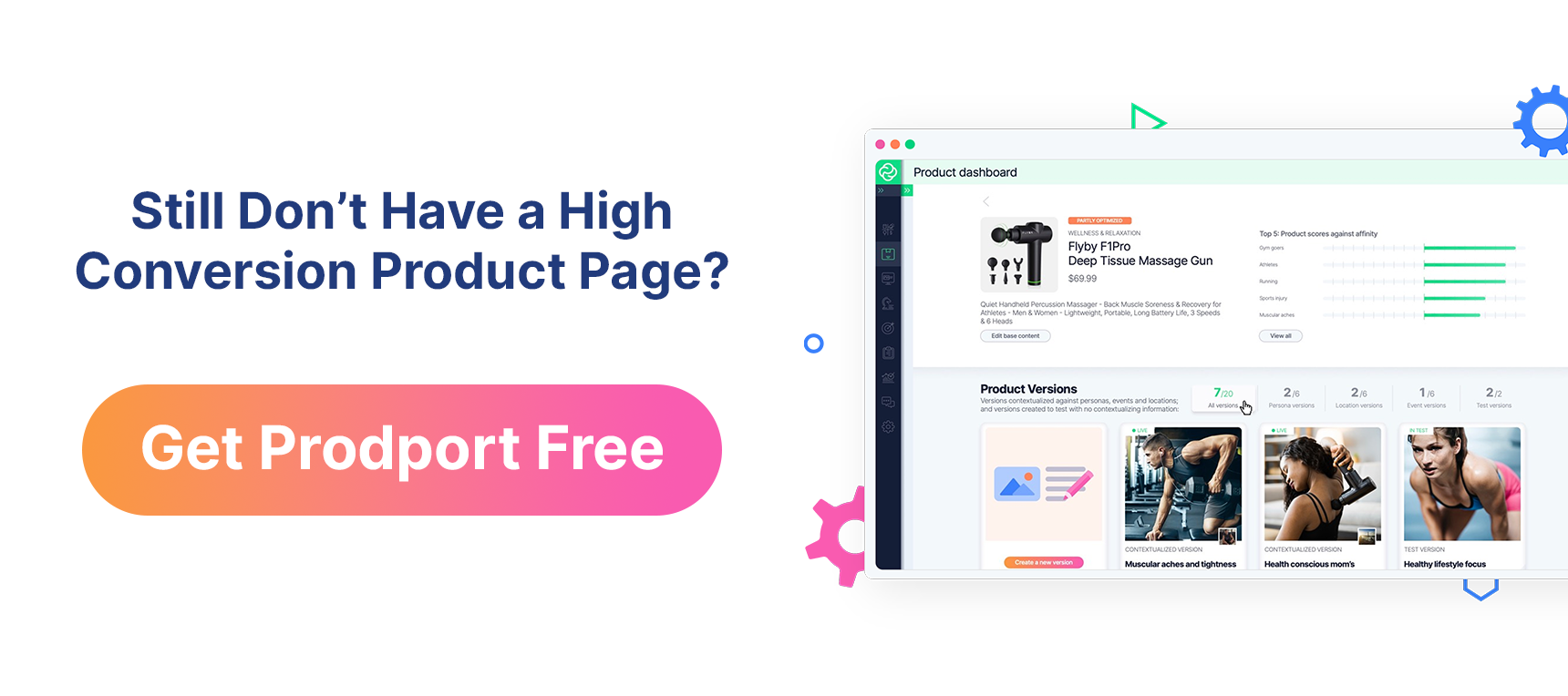Over the years, Shopify has been known for its focus on small and medium-sized businesses (SMBs) to create and manage their online stores. However, in recent times, Shopify has been making moves towards serving the upper market and enterprise customers.
This transition is evident in the release of Shopify commerce components, their focus on partners, the ability to customize with Shopify Functions, the Shopify extension that offers more flexibility, and their focus on B2B.
Let’s take a look at how Shopify is transitioning from focus on SMBs to the upper market/enterprise and what it means for SMBs.
Shopify: from SMBs to upper market/enterprise
Shopify commerce components are designed to offer a more comprehensive set of tools to businesses, enabling them to grow and succeed. The components are a collection of APIs and SDKs that allow developers to create custom storefronts, shopping carts, and checkout experiences. According to Satish Kanwar, Vice President of Product at Shopify, “With commerce components, developers can spend more time on building great shopping experiences and less time on the underlying infrastructure.”
The focus on partners is another indication of Shopify’s move towards the upper market and enterprise customers. Shopify has a robust partner program that enables businesses to find developers, designers, and other experts to help them build their online stores. Partners can create apps, themes, and other tools that can be integrated into Shopify stores. Shopify’s partner program has been successful, with over 4,000 partners worldwide, and the company is continuing to invest in this area.
Shopify Functions is another tool that allows developers to customize the Shopify platform to fit their business needs. Functions are code snippets that can be added to a Shopify store to add new functionality or modify existing features. The use of Functions allows businesses to add custom logic to their stores without having to create separate apps.
The Shopify extension that offers more flexibility is another tool that allows businesses to customize their online stores. The extension, called Checkout UI Extensions, allows businesses to create custom checkout pages that integrate seamlessly with the Shopify checkout process. This means that businesses can add custom fields, display custom messages, and modify the look and feel of the checkout page.
Shopify’s focus on B2B is also a sign of its transition towards serving the upper market and enterprise customers. Shopify has been investing in its B2B platform, which enables businesses to create custom storefronts and checkout experiences for their customers. The platform allows businesses to create custom pricing rules, display product availability, and offer payment terms to their customers.
Recently, Shopify sold its shipping service firm, Deliverr, along with other assets. This move suggests that the company is narrowing its ambitions to focus more on its core business of e-commerce. This refocusing is likely to enable Shopify to double down on its efforts to serve the upper market and enterprise customers.
So, what does this transition mean for SMBs?
While Shopify’s move towards serving the upper market and enterprise customers is evident, the company has not abandoned its focus on SMBs. Shopify still caters to SMBs and has not abandoned its core customer base. In fact, Shopify’s success has been built on providing an accessible and affordable platform for SMBs to launch and grow their online businesses.
In conclusion
Shopify’s transition towards the upper market and enterprise customers is evident in the release of Shopify commerce components, their focus on partners, the ability to customize with Shopify Functions, the Shopify extension that offers more flexibility, and their focus on B2B. This move is likely to enable Shopify to double down on its efforts to serve the upper market and enterprise customers while still catering to SMBs. However, the impact of this transition on SMBs is still an open question and one that only time will tell.
If you feel like taking a deeper dive, check out the following sources:
Shopify Commerce Components – https://www.shopify.com/commerce-components
Shopify Partner Programs – https://www.shopify.com/partners/blog/shopify-partner-program
Shopify Functions APIs – https://www.shopify.com/partners/blog/shopify-functions-apis
Shopify Checkout UI Extensions – https://www.shopify.com/partners/blog/checkout-ui-extensions
B2B APIs – https://www.shopify.com/partners/blog/b2b-apis
Shopify Sells Shipping Service – https://economictimes.indiatimes.com/tech/technology/shopify-sells-shipping-service-firm-deliverr-other-assets-amid-narrowing-ambitions/articleshow/99990262.cms


